Firmware/ User Interface/ Usability
Even though the menu structure seems endless (see next topic) the Fiio M7 is extremely easy to use. And with that I don’t only mean the firmware but also the physical buttons. The only downside is that you might be used to some swiping actions from your full Android DAP/phone, and those will not work here (like top down or left right & right left swiping). It’s a limited Android functionality which has been implemented but for this player it’s sufficient.
The M7 does have smart swiping though. If you swipe up from the bottom left you go back one level (previous screen). If you swipe up from bottom right, you go back to the home screen. All the button functionalities can be done on the screen as well, except for powering the player on/off. The screen size and the resolution is perfectly fine: everything shows in a clear way and there are no buttons that are too small to touch.
Navigation between screens, switching tunes and browsing all feels fast and natural. The screen and player are very reactive though it isn’t the fastest handling player on the market either. It’s pretty good though and there really is nothing to worry about here. Same goes for the boot-up time including the Fiio Music app: it’s not the fastest but it certainly isn’t slow either. (though we always feel it has to be extra fast, as we can’t stand waiting, right?). A thing I really like is how Fiio designed the lock screen with the image art and the buttons at the bottom. Sure you can use the external buttons but if you quickly want to check who or what you’re listening to (and switch or pause a song), you don’t have to unlock the player for it to do so. That’s nice.
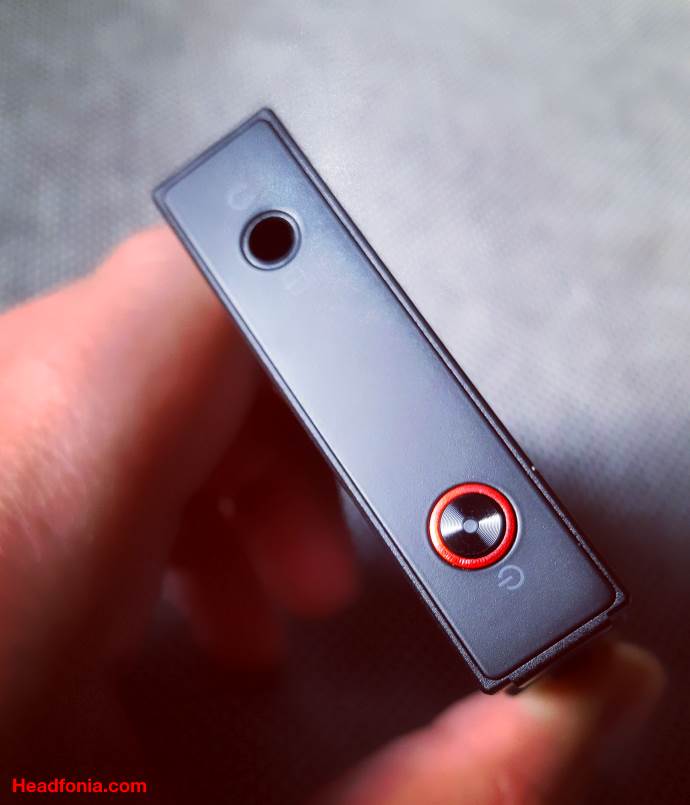
Something that could be improved is the reading of the 200GB card I have in there but looking at all the other players in my possession, Fiio still scores on average, or maybe a little below. Luckily I don’t change SD-cards very often.
Fiio has also included a 10 band equalizer and it has 9 pre-set configs and one you can set yourself. I’m not the EQ’ing type of guy to, so I have to admit I haven’t experimented a lot with it.
Something else to mention user-wise is that the M7 doesn’t have WIFI and as a result you can only update it by downloading the update file on the Micro-SD card and doing it manually via the menu. It’s a bit annoying as we all easily got used to updating over the air, but at the same time it’s not really an issue .
One thing I really like is the fact that the M7 comes with an integrated FM Radio. Fiio has implemented the Si4705 FM chip to do that and it actually uses your headphone as antenna. The chip is able to cover a broad range from 76MHz to 108 MHz. Yes, FM radio is old school but I kind of like it and it brings back memories of my Sony FM Radio/cassette player. But to be really honest, I haven’t used it a lot as the reception in the train to work just is really bad.
To finish of this topic I have two more great things and one I can’t say I like, but first the good. Fiio implemented a 60-step volume range and for most of the ear-and headphones that gives you enough margin to set your listening volume exactly right. The second thing is the USB-C port, as I just love the fast charging and file transfer. Now something I – as a watch lover – can’t accept is the fact that each week your M7 clock will be “off” by 35 seconds. Each week! That’s huge! Call me crazy for caring about this, but if you know how precise clocks can be and normally should be, this is mind blowing. Ok I admit, it might not be the most important, but still…
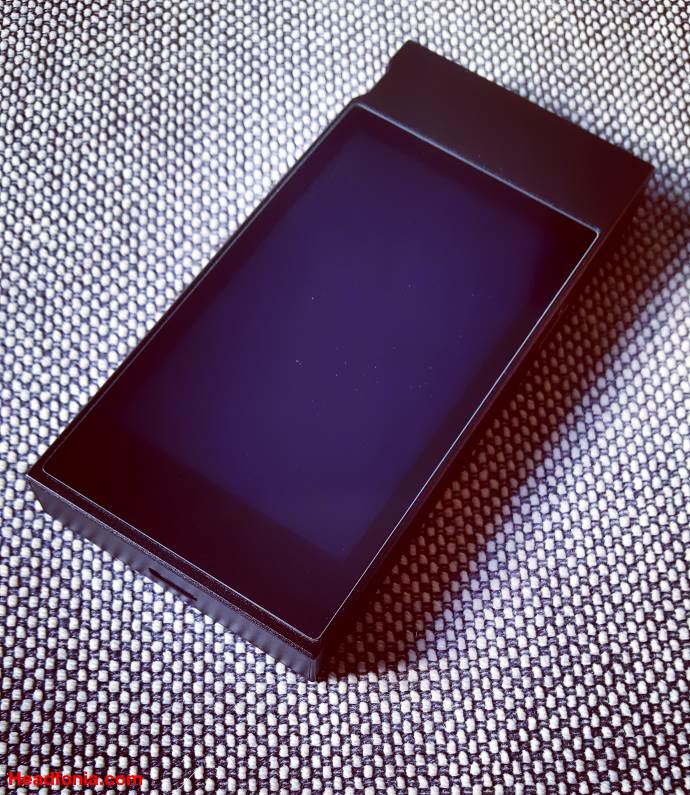
Menu Structure
After booting the player you end up in the main menu structure. There are 6 options:
- Fiio Music
- FM Radio
- File Management
- Gallery
- Technical support
- Options
The Radio station menu only has a few buttons: Previous station / Change frequency down / Add to list / Change frequency up / Next station. By clicking the signal antenna on the screen the M7 does a Frequency sweep and saves the strongest bands.
The File management menu is split up in 3 main categories: Songs, Picture and Document. There also is the option to browse both the internal and external memory in a folder structure. Via this menu you can start a song of your choice as well, as it will open Fiio Music.
In the Gallery menu you can look at all the image files that are in the internal and external memory, like the album art. You can either choose big tiles or smaller ones with the file name next to it.
The Technical support menu has three main options: Firmware update (via the SD-card), a FAQ and a quick start guide.. you can also consult Fiio’s contact info here.
The Settings menu has six sub menus:
- Bluetooth: On/off/scan/connect
- Audio: Output selection (PO or LO), Wireless codec, Balance and in-line remote
- FM Radio: Broadcast region
- Key-lock settings: Choice of buttons to work
- General: about, Power off timer, Brightness, Wallpaper, Sleep timer, Date & time, Language/input and Screen lock.
- Factory data reset.
The most important one of course is the Fiio music menu which you need to listen to music. One launched you will get to the main Fiio Music screen where you also have 7 options: All songs / Artist / Album / Playlists / Genre / Folder and more Settings. You can also access the recently played songs, most played songs and recently added songs. Inside these menus you have different display and sorting options.
When you’re in the now playing screen you can also tap the screen for more info and options. The screen will give you the basic file info such as the song name, album name, artist, file type and bit rate/depth. The menu that popped up will also allow you to set the EQ (see above), the play sequence, add it to a playlist, add to favourites and more. More being the delete track option & track info (everything!)
When you click the 7th Setting option you get another….15 options! Let me quickly sum them up for you: Timer On/off – Scan for songs – Resume (song/position) – Gapless playback – Play through folders – Auto Update – Fixed volume – DOP – Theme – Lock screen art – Lock screen Lyrics – reset Database – Help – Version info and Exit.
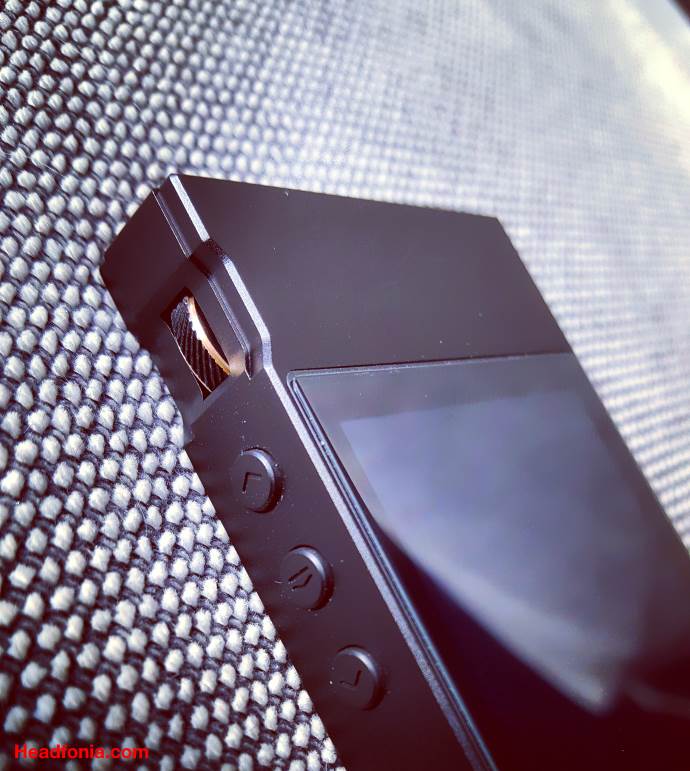
That’s a lot of menus for a basic player if you ask me! Yet at the same time the structure is logic and pretty straightforward.
USB Digital out / Line Out
In comparison to most Fiio and other DAPs, the cute M7 doesn’t work as USB DAC. It however is possible to hook it up to an external DAC and use it as portable/external source only. Fiio only guarantees it has a stable performance with their own Q5 and Q1mkII units but we of course had to try it with the Chord Mojo and the RHA DACAMP L1 as well.
The Fiio M7 immediately and perfectly connected to the Chord Electronics Mojo from the very first try and the screen shortly displayed a message saying a USB-device was connected. The Mojo also displays the correct colours for DSD and all the other file formats and I experience no hiccups whatsoever. For me the Fiio M7 and Chord Mojo combo is perfectly stable. Same story for the RHA DACAMP L1. The L1 immediately got recognized by the M7 and it works flawlessly and stable.
It even connects right away to the Astell&Kern ACRO L1000 DAC/AMP combo so it looks like the M7 is an easy source to pair up your (portable) DACs with. Great news.
The 3.5mm headphone output can also be set as a 3.5mm line-out to an external amplifier. It’s an option I rarely use and if I do it most of the time is with the SP1000 and AK connect, going to one of my desktop amps if I’m to lazy to hook up a USB cable to my desktop laptop/DAC. In the good old days it was something I used all the time in combination with a portable external amp but the DAPs nowadays have gotten so good that the portable amp market has become really niche.
The part on sound starts on the next page, after the CLICK HERE





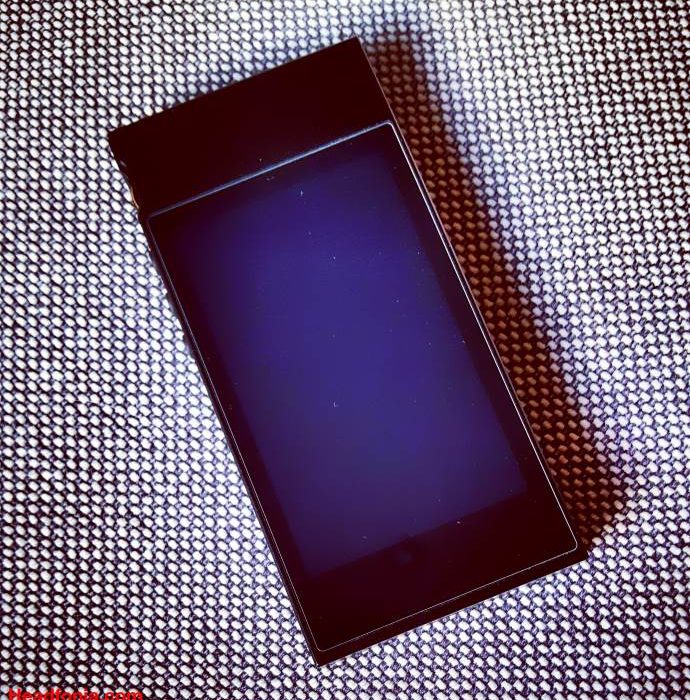
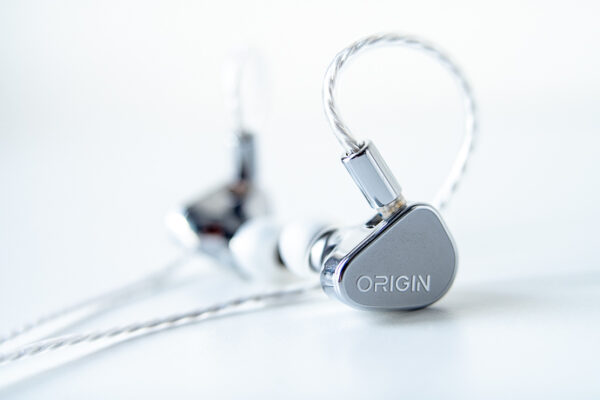
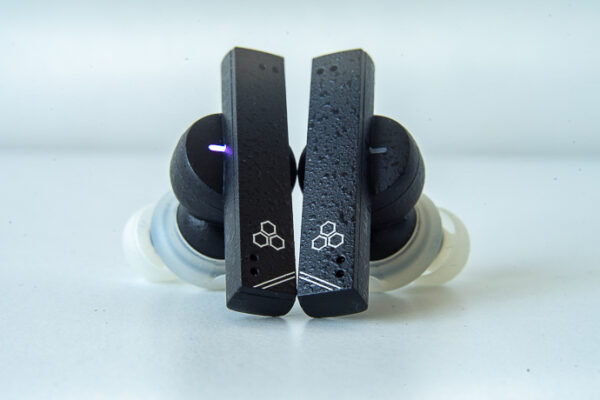
Albert Cheng
how does the m7 stack with the mojo? isnt the m7 a lot narrower?
Juan Luis Quiroz
Hi Lieven,
I love your reviews, in fact they influenced a lot of my purchases, fiio x1, x3ii and cayin 3. After reading this review, I feel that there is no relationship with what you mention in the review of hiby r3, for example. In the review of the r3, you mention the following: “The N3 is more clear sounding than the Hiby R3” and “If you prefer clarity, sharpness and precision, the N3 will probably be more to your liking”. And in this review you mention the following: “The N3 is darker, slower and more veiled compared with M7” and “The clarity in the R3 is even higher than in the M7”. So in this review, I would understand that the N3 stopped being the clearest player, to be sent to the end of the list, while in the previous review it was above the Hiby R3.
Regards!
Juan Luis.
Windfeuer
Do you recommend it to a non-audiophile person, wich probablly will never feel the difference between a flac over an aac?
I was looking for something like this, but I don’t use flac, and I’m using akg Y50 wired headphone. (yes, I never heard before about balanced audio)
I’m stuck with an old ipod nano 7th that has a ridiculously small battery (only 200 mah) and is dying.
I find really nice the design and the wolume wheel, but i’m afraid that could be “wasted” in my hands. On the other hand, other cheaper DAPs don’t convinced me a lot. In fact I never used non-apple dap because of the ease of use (proprietary Os often sucks).